
NAMM 2024: Far from it being the damp squib that some thought it was going to be, this year's NAMM show is shaping up to be one of the best ever. Well, for the hardware synth fan, anyway.
As the show gets under way, we've already been blown away by the quality and quantity of new synth announcements, so here's why NAMM 2024 might well go down in hardware synth history.
In all honesty, we weren't expecting great things from NAMM 2024. After a few years of, how shall we say, 'quieter' events, there was no reason to suspect that this year's show would be any different, especially with some major players like Fender and Roland not attending.
However, NAMM 2024 is not only surprising us by being the busiest since 2020 in terms of releases, but also the show where the hardware synthesizer is ruling. From a deluge of Korg releases to incredible-sounding announcements from new or nearly new companies, we've had everything.
So, is NAMM 2024 already the best ever show for new hardware synth announcements?
Let's take a look at all the contenders…
8 Korg Synths
Korg has announced a raft of synth releases for this year's NAMM, many of them updates of existing models, but all of them big news in the synth world, so let's dive into the complete range now.
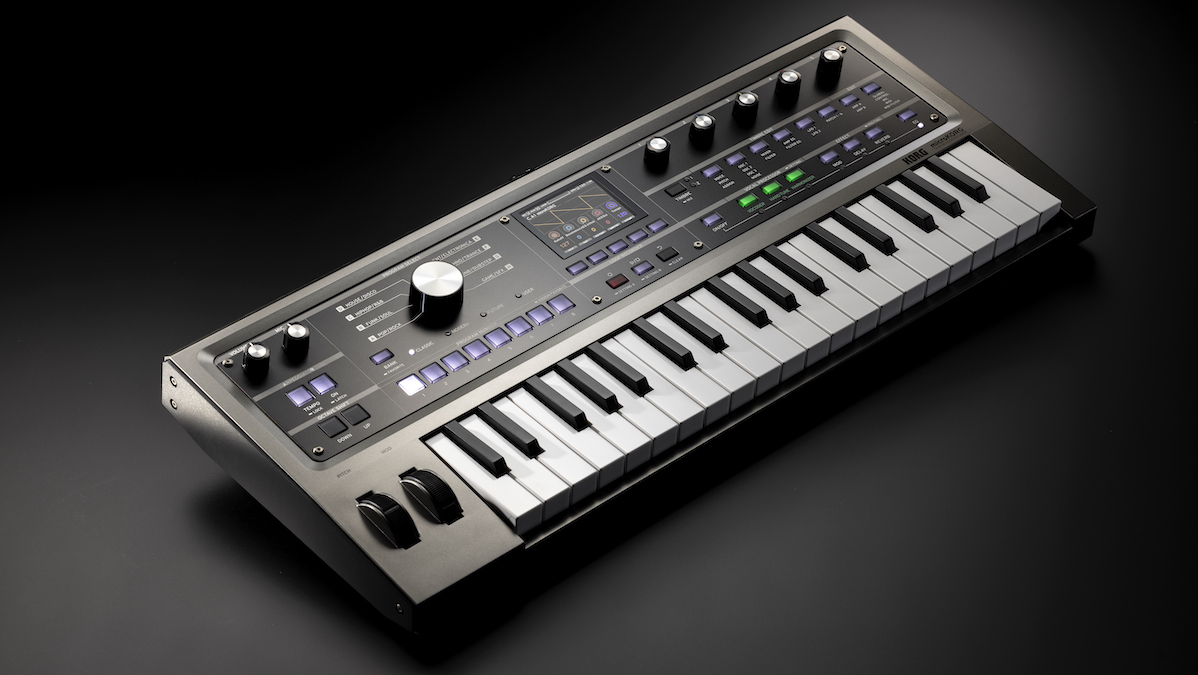
Perhaps the biggest news is MicroKorg 2, an update of one of, if not the biggest selling synths in history. There have been major tweaks to and limited edition releases of the original over the years, but MicroKorg 2 boasts some big additions including a large 2.8-inch colour screen and five assignable rotaries that work in tandem with it.
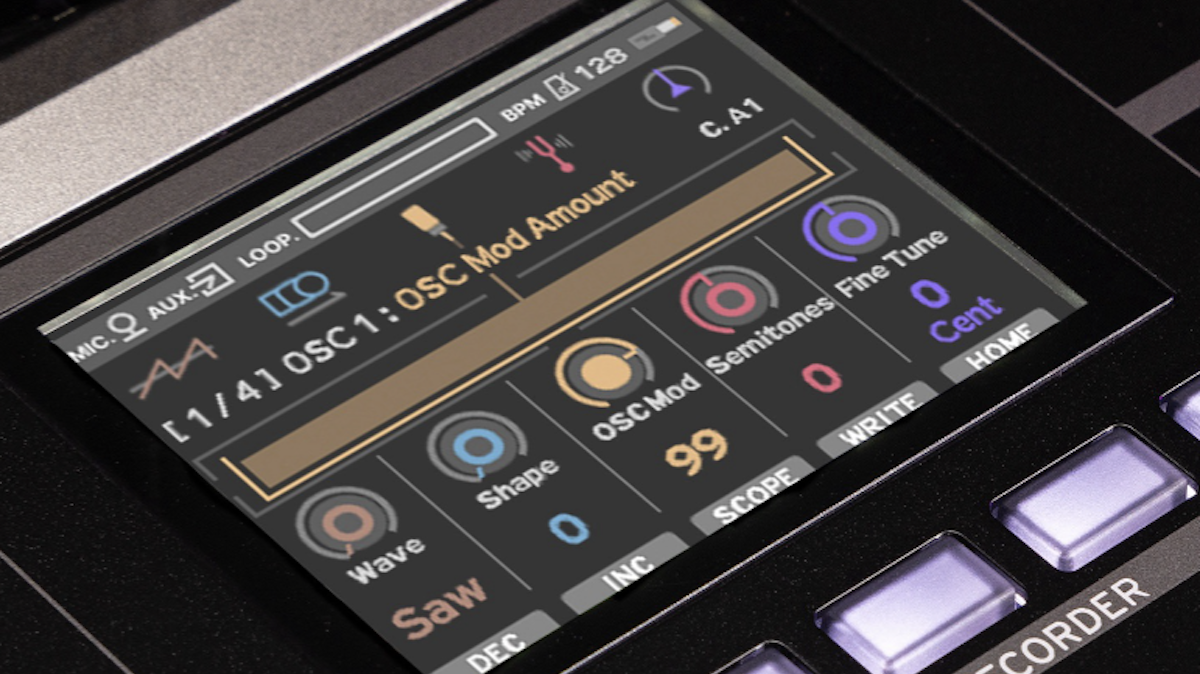
Chief among MicroKorg 2's other features is a new vocal processor that adds a harmoniser and hard 'Autotune' style tuning to go alongside the more traditional vocoder effects. MicroKorg 2 also adds a new arpeggiator and loop recorder to make putting tunes together on the fly much easier.
On top of three banks of new effects, a redesigned metal casing and new 'more playable' keyboard, this is a big update. The price is expected to be around $699 with the new synth shipping in June. And in fine MicroKorg tradition, on top of the standard grey model, there will be black and white limited editions, too.
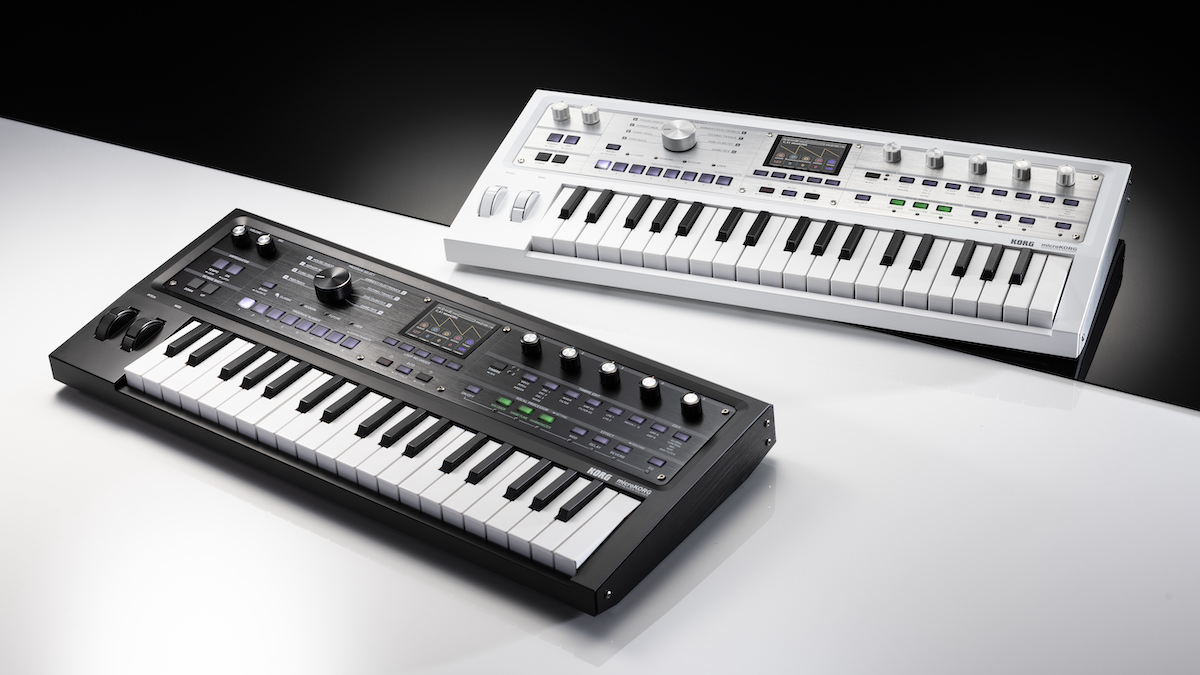
Next up is Korg's KingKorg Neo, a more compact version of Korg's KingKorg VA synth. It uses the same XMT (eXpanded Modeling Technology) sound synthesis engine to generate its analogue-style sounds, and has plenty of hands-on controls over them, albeit in a much smaller and cooler compact form.
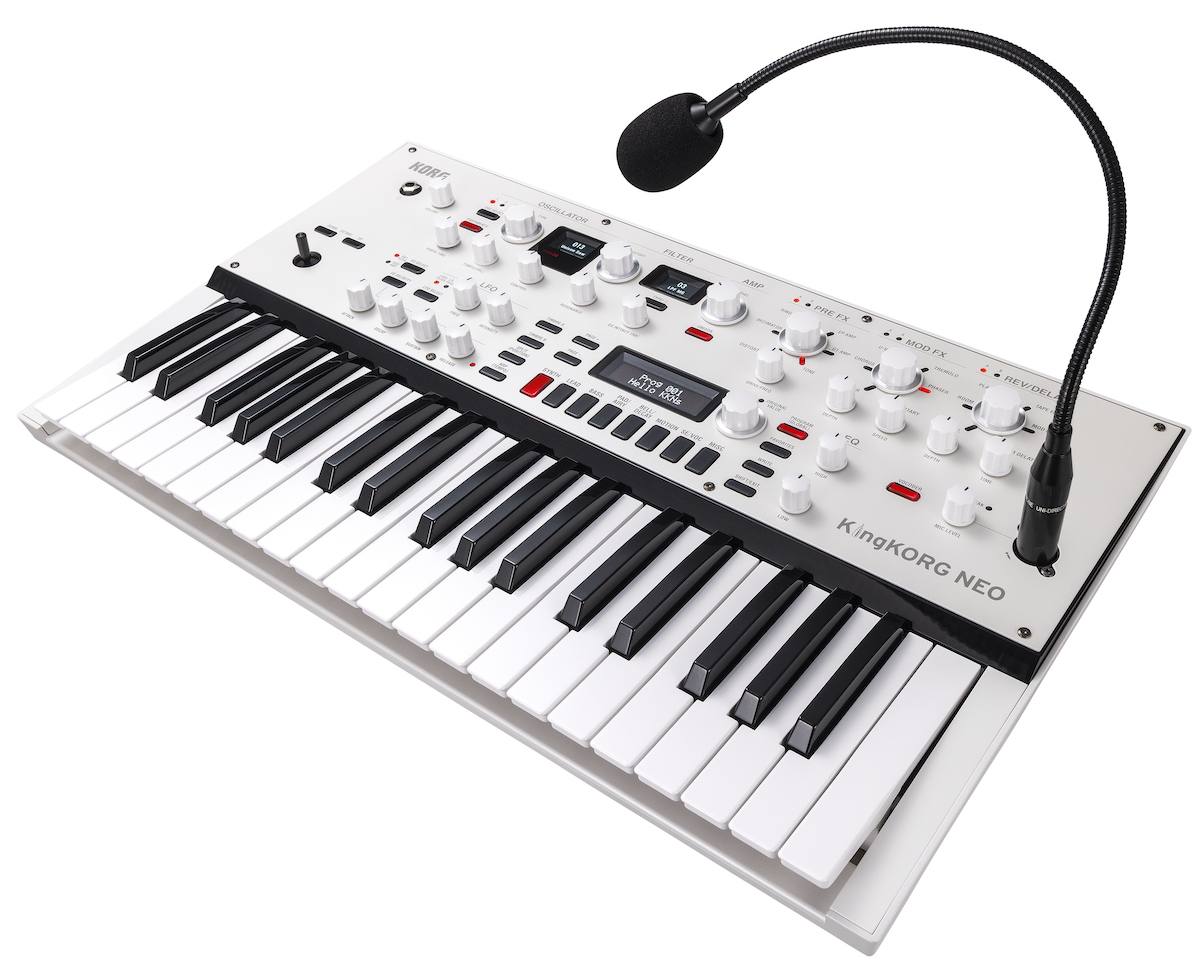
You get a traditional analogue-style layout, but beneath this are some very 21st century extras including a set of filters, with many modelled on classic synths like Korg's own MS-20. There's a built-in vocoder, three master effects delivering six effect types, and virtual patching so you can enjoy a semi-modular experience without the faff or connecting physical cables.

Finally, there are 200 presets, three displays and an arpeggiator. KigKorg Neo is shipping in February with an expected RRP of £949/€1099.

Next up we have an update to one of Korg's best recent digital synths, the OpSix. This FM-based synth really opened up what has been seen as a difficult synthesis to work with, bringing true hands-on control and some fantastic modulation.
The new MkII doesn't look massively different at first – and is not to be confused with the v2.0 firmware added a couple of years back. The Mk2 but does up the polyphony count from 32 to 64 voices, though. It will be shipping in March priced at £699/€799.
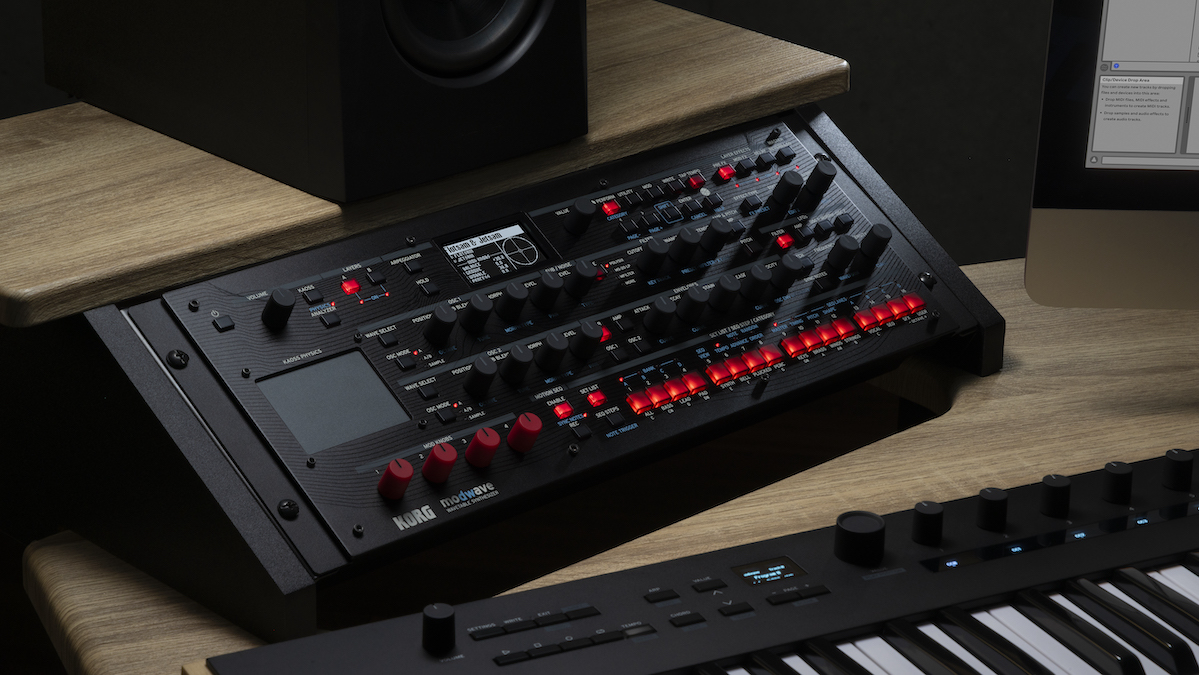
Not one but three synths now, as Korg has also announced module versions of its existing Modwave MkII and Wavestate MkII synths, and also one for the brand new MkII OpSix we just introduced above. All three modules are 4U rackmount versions of the original synths, although they can be used as desktop modules, too. They all feature the same controls and specs as the originals as well.

All three modules are expected to cost around £749 and are shipping in April.
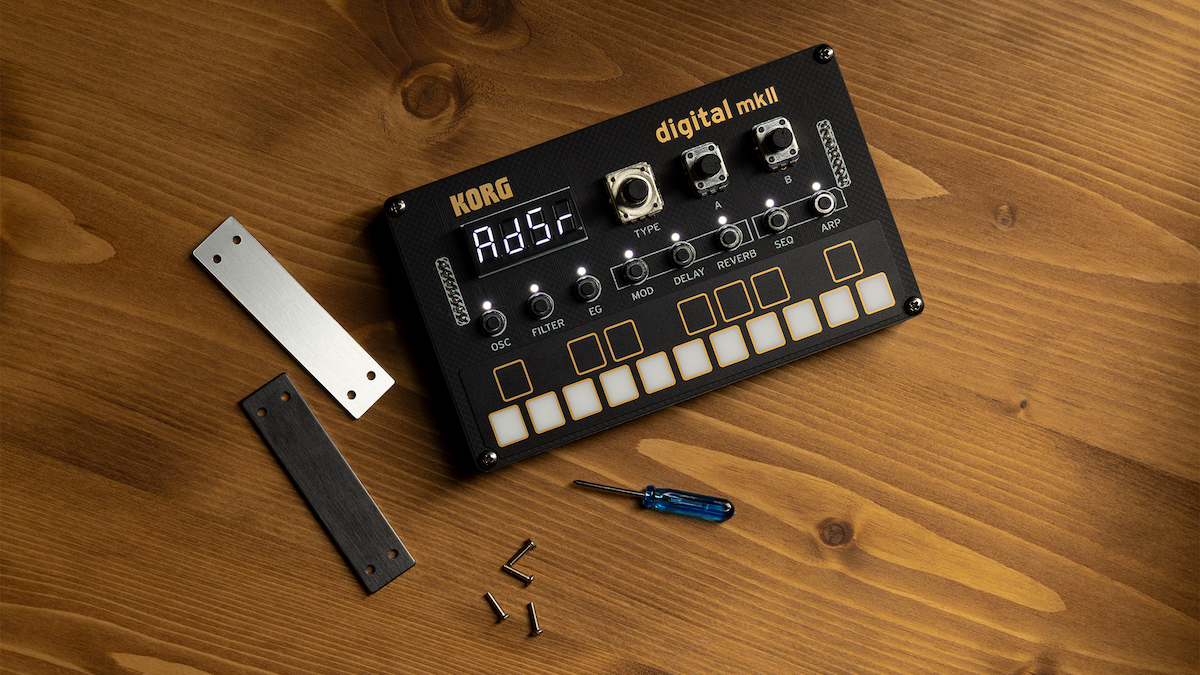
Also on the Korg synth front, and the seventh product in this category for NAMM 2024, is the NTS-1 Digital MkII.
The 'MkII' addition is very much Korg's 2024 'thing' and in this case it is an update to the Nu:Tekt NTS-1. The DIY synth features a better processor, new sounds and effects, an 18-key multitouch keyboard, and a dynamic step sequencer with live and step recording modes.
Price info is TBA but NTS-1 Digital MkII is expected to ship this April.
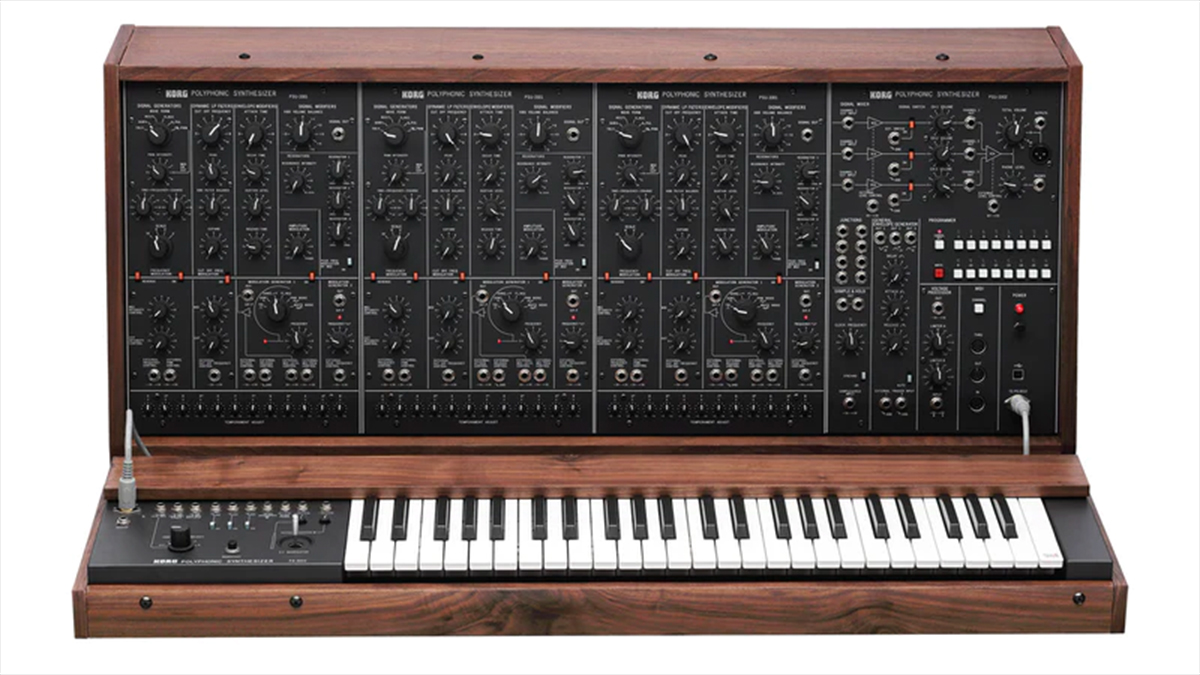
And last but not least on the new Korg synth front is actually the return of an old Korg synth, the PS-3300. The original synth was made by Korg between 1977 and 1981, although only 50 were produced in that time. Korg has now announced a resumption in manufacture of it, although it will only be made to order and is expected to cost around $13,000.
The new semi-modular 'FS' version will have 49 keys and 49-voice analogue polyphony, up from 48 of each on the original. Effectively, there are three PSU-3301 synth units included - three of Korg’s smaller PS-3100 synths - plus a mixer and utility section.
What makes the PS-3300 so special is that each key can access three oscillators plus filters, envelopes and amplifiers, giving you 147 analogue synth voices to work with, and making it one of the most powerful classic machines out there.
Whether the price might put people off remains to be seen, but with Korg's recent form recreating classic synths like the ARP 2600 and Odyssey, we're already pretty excited by the return of this classic.
You can get more info on all eight of these new Korg synths from the Korg website.
PWM Mantis
Next up we have the PWM Mantis, a UK synth announced at last year's Superbooth but on show at this year's NAMM, and the last project that synth pioneer Chris Huggett worked on, although he sadly died before he could see it through to completion.
Mantis is a duophonic synth with mathematically-generated oscillators and an analogue signal path. These are based on designs by Huggett who found fame with the Wasp and OSC OSCar synths, and then went onto help design several Novation products including the Supernova, Bass Station II and Peak.
Mantis is the spiritual successor to Wasp, with a similar architecture, although its filter is also based on that from the OSCar, so think of it as a 'best of Huggett' in those respects.

Mantis has two oscillators and a sub per voice, plus an oscillator drift feature to create random pitch variations between the oscillators. For true duophony – if that is indeed a word – each signal path has its own multimode analogue filter, and access to two LFOs and envelopes. Modulation is decent too, with six ‘control’ modulation parameters, and six ‘source’ effectors.
Finally you get a digital effects section including reverb and chorus, an arpeggiator and a full-size 37-note velocity-sensitive keyboard.
Mantis is available now through select dealers priced at $1,499/£1,349/€1,599. Find out more on the PWM website.
Supercritical Synthesizers Redshift 6
This next one looks like a real gem of a synth, the super-cool looking and sounding Redshift 6. Supercritical Synthesizers has put its Demon Core Oscillators and the Neutron Flux Filter together in one analogue box featuring digital control.
The new synth features six parts of multitimbrality and a total of six voices of polyphony that you can spread over those multi-parts (so choose to have a dual split keyboard with three voices each, for example).
What makes this synth stand out is not only its design, which features a large screen and hexagonal buttons, but those core oscillators that can have different engine modes selected, from supersaw to transistor organ.

Redshift 6 is what Supercritical calls a 'Variable Character Synthesizer' which is all about how its analogue signal flow combines with digital effects and more to create a rich and varied sound, one that the company describes as ranging from "almost digitally sterile and clean to distorted misbehaviour and beyond".
While of course you should never judge a synth on its looks, we can't help it with Redshft 6, and almost want to buy one already. Sadly we're going to a) have to wait and b) have to save up as it's not due until summer 2024 and likely to cost £1,099/€$1,249.
There's more info at the Supercritical Synthesizers website.
Groove Synthesis 3rd Wave
The full keyboard version of Groove Synthesis' incredible 3rd Wave wavetable synth was actually announced in 2022, but the new module looks set to be a synth that stirs NAMM 2024, as it features everything that made the keyboard version great, but retails for around £$1,500 less.
That still puts it in the $£3,500 ballpark, but when you consider the power of this synth, that might not seem so expensive. 3rd Wave has three wavetable engines that focus on recreating original PPG sounds, all now wavetables and even analogue waveforms. That makes it three synths in one, but with a massive 24 voices of polyphony and four parts of multitimbrality you can effectively turn 3rd Wave into four six-voice polysynths!
The synth also boasts some 500 presets and the ability to import your own wavetables or those created in synths like Serum, so while an obvious homage to the original PPG Wave, this is very much a synth for 2024.
Get more information from Groove Synthesis here.
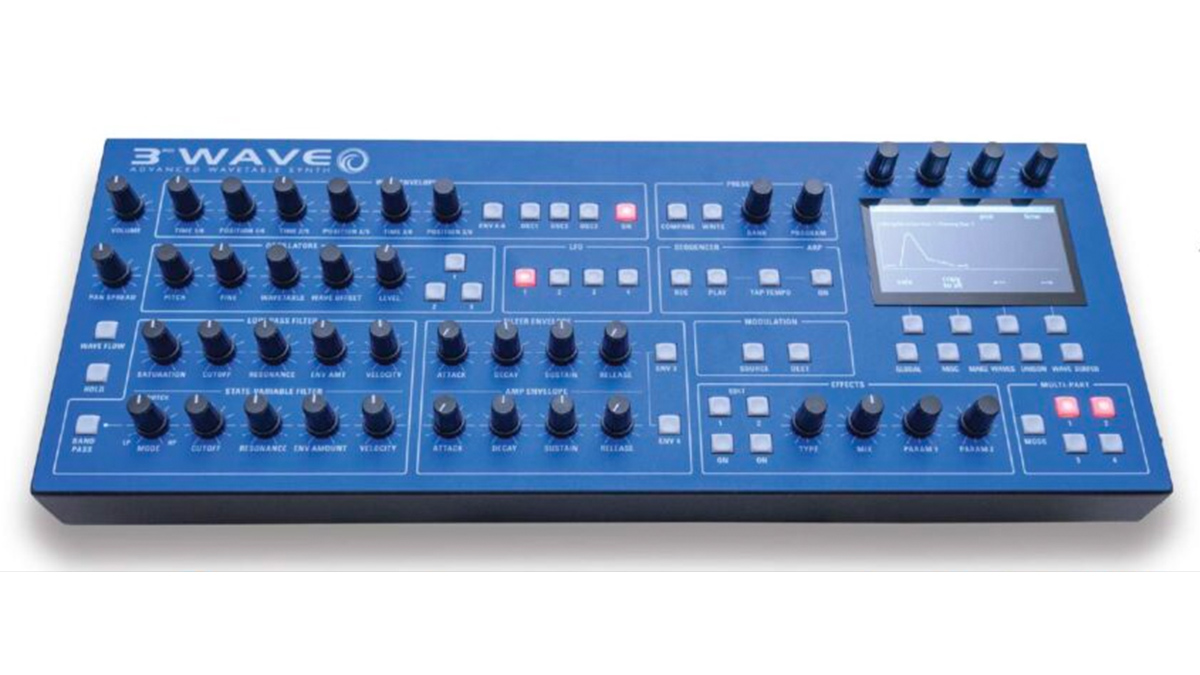
Behringer JT-16
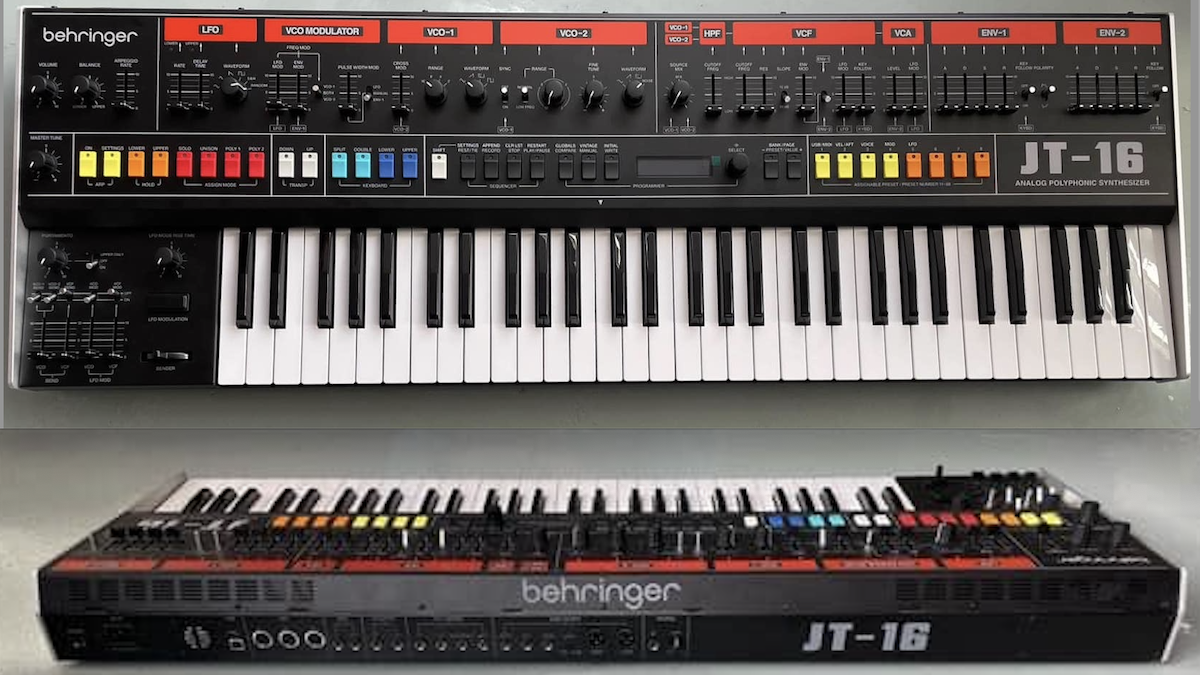
Behringer might not be at the NAMM show in full force, but the company chose the opening day of the gear-fest to announce an update to its JT-16, a 16-voice analogue machine not a million miles away from a Roland Jupiter-8 in concept. It is, then, going to be the most hotly-anticipated synth that Behringer has on its very large drawing board.
There's little else been added info wise, aside from the company's commitment to actually make the synth, as it confirms, "we kindly ask for your patience, but we assure you that this beauty will come to fruition."
The rest of the Facebook post states that the synth is being tested and that someone called Gilles can't keep his hands off it because it's that good.
There's no price information on the JT-16 yet, but we'd expect it to be in the same ball-park as that of new Behringer UBX-A which is around £1200/$1400. And while that is pricey for a Behringer synth, a secondhand Jupiter-8 can cost anything up to £$20000 – so we'll take 15.
There's (slightly) more info in our original news story here.
Dubreq Stylophone CPM DS-2 Analog Drone Synthesizer
Who knew that Stylophone made other products aside from, er Stylophones? Yes, adding to its range of (many) Stylophones that includes a Bowie edition and one that does Beats, Stylophone recently branched out into the Theremin world with a Stylophone Theremin and has now gone even further away from its Stylophone comfort zone.
The Dubreq Stylophone CPM DS-2 Analog Drone Synthesizer is just what it says, an analogue synth with two each of analogue oscillators, filters and sub oscillators, and a mission to provide all the drones you could possibly ask for.
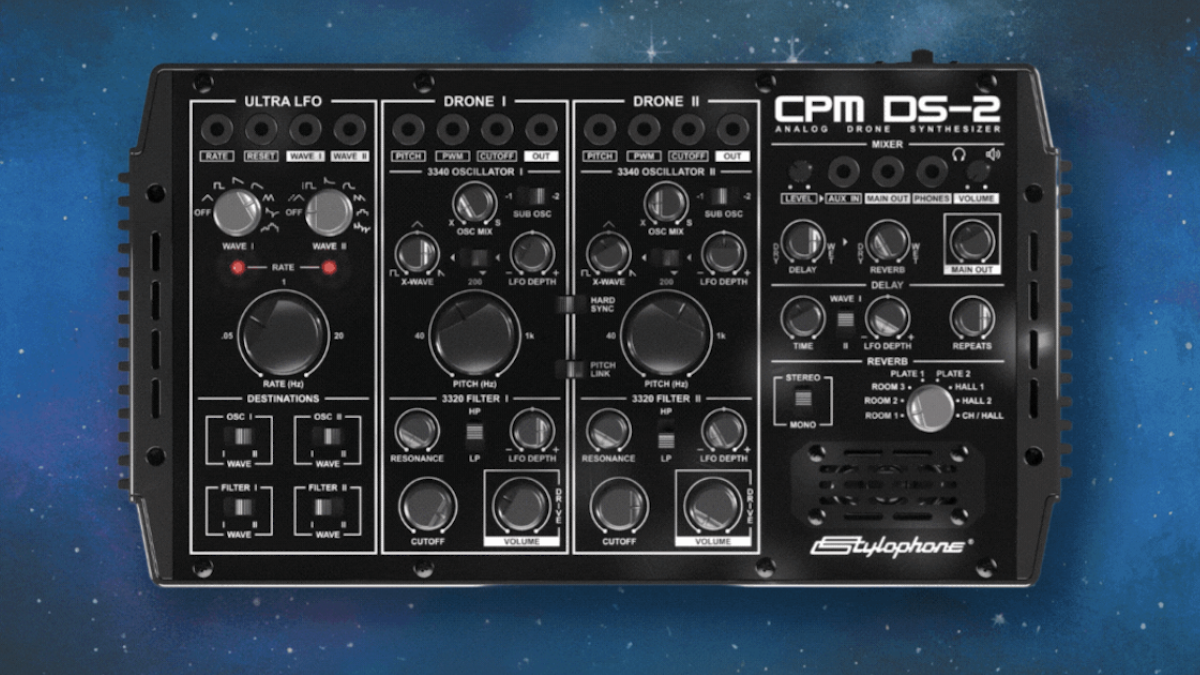
CPM DS-2 has a compact design that is Eurorack compatible with 12 available patch points, and also features a built-in vintage-style reverb and a delay.
The synth can be operated by mains or batteries so you can drone on and on with it anywhere you like. It is expected to cost around $259/€239/£209, and you can sign up for more availability information and preorders at the Stylophone website.
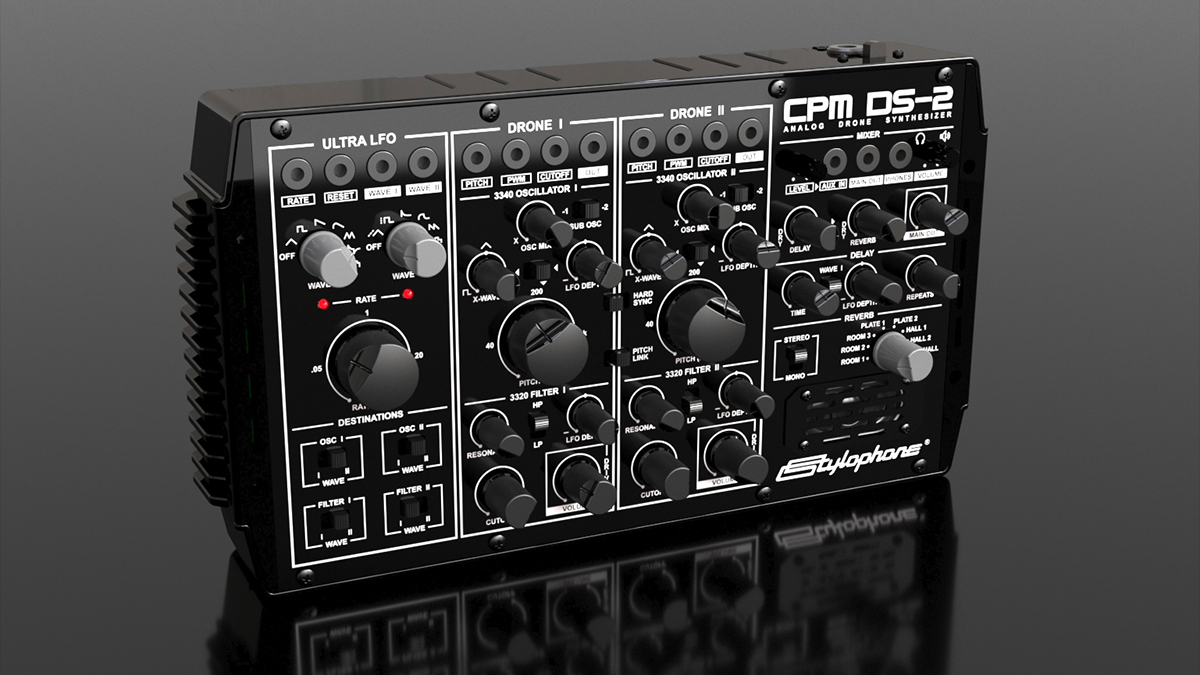
Yamaha Seqtrak
Yamaha's Seqtrak was the first big news of NAMM 2024, opening the hardware synth door and keeping it ajar for all the other announcements to come through.
If anything, Seqtrak probably has Teenage Engineering's OP-1 and Op-1 Field in its sites as those devices have pretty much had the 'quality mobile music maker' market to themselves these past years, and Seqtrak is clearly aiming to get a slice of that action.
It features three sections from left to right: drums, a synth and sampler, and the coloured section on the right handles sound design and effects. The synth side is based on three polyphonic synth engines; two based on Yamaha's AWM2 (Advanced Wave Memory) technology, and one, named DX, a four-operator FM synth engine not surprisingly based on the sounds of the classic Yamaha DX7 synthesiser.
Seqtrak is available now in either a grey/black or white/orange design, and costs £349/$599, which seems a pretty decent price for what's on offer.
You can get more info from Yamaha's website.
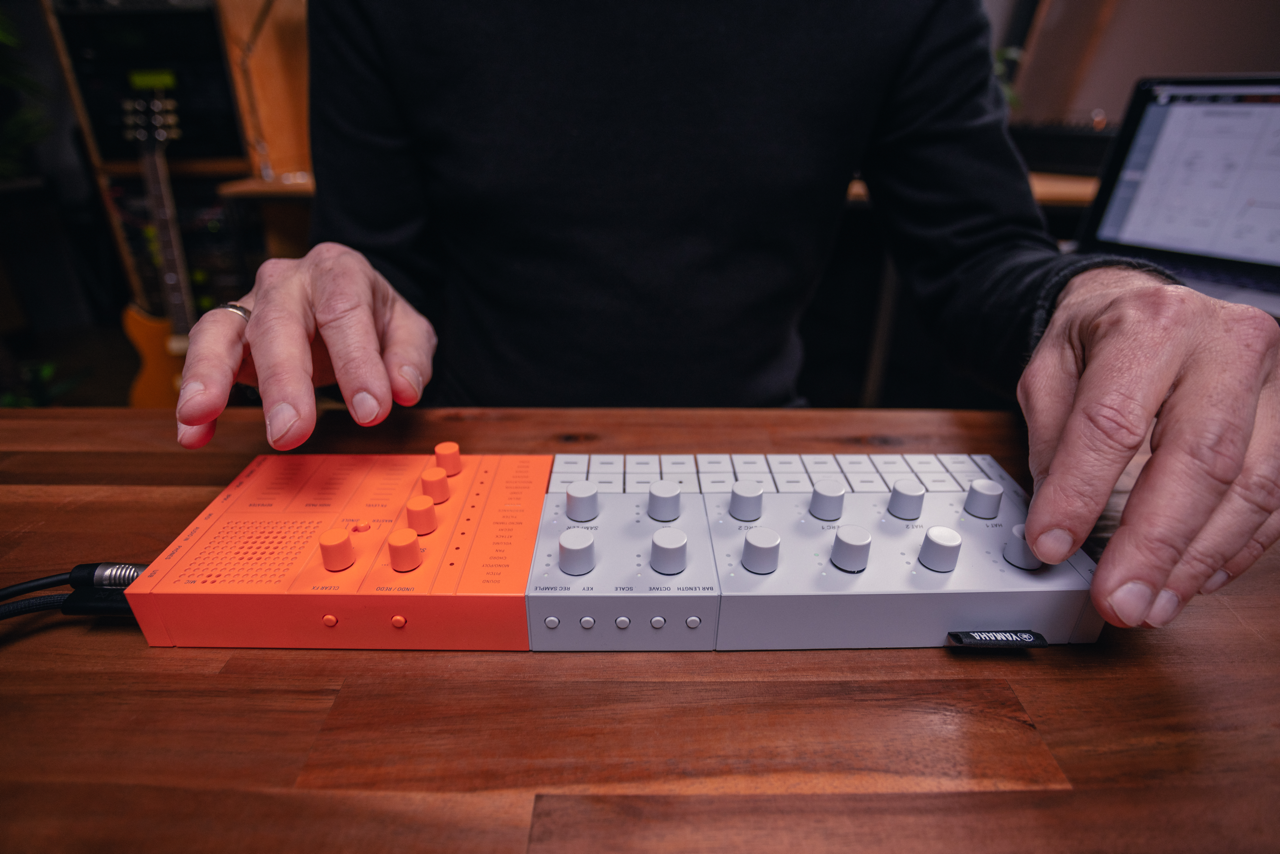
Get more amazing NAMM 2024 news at our special NAMM 2024 hub page.







